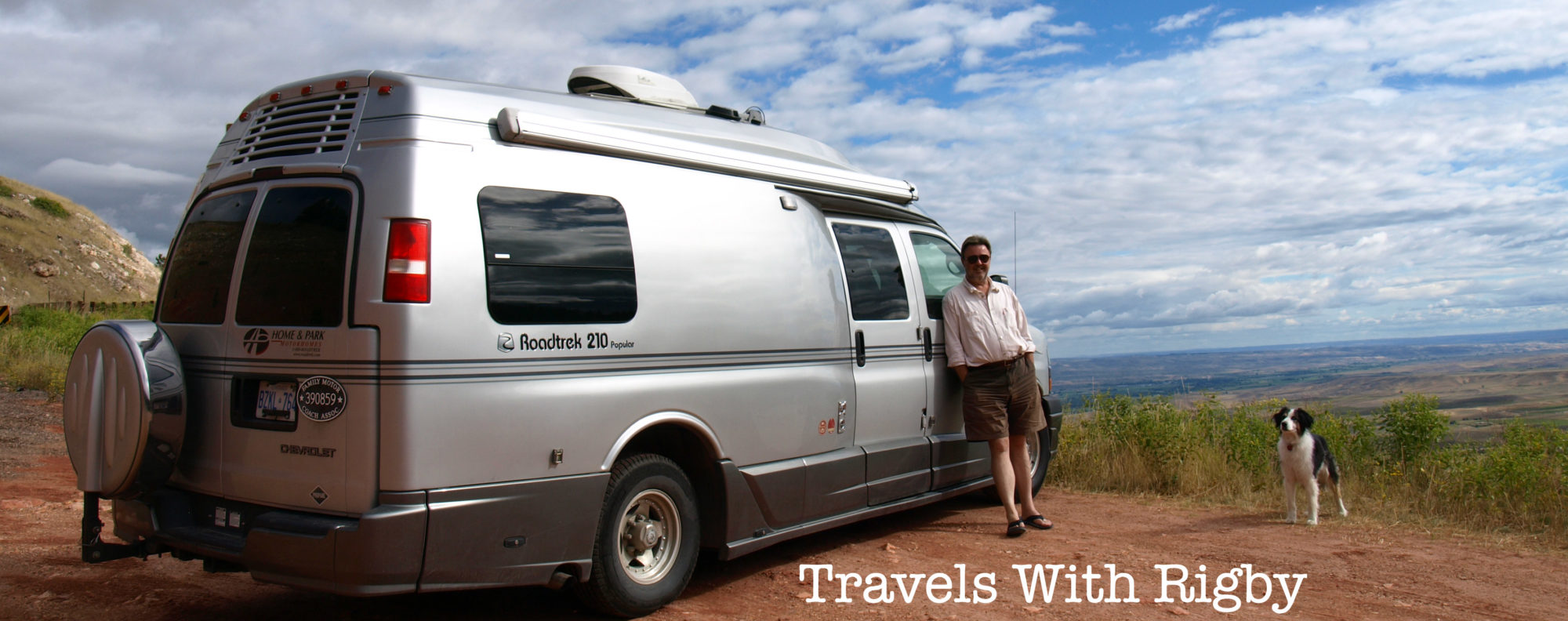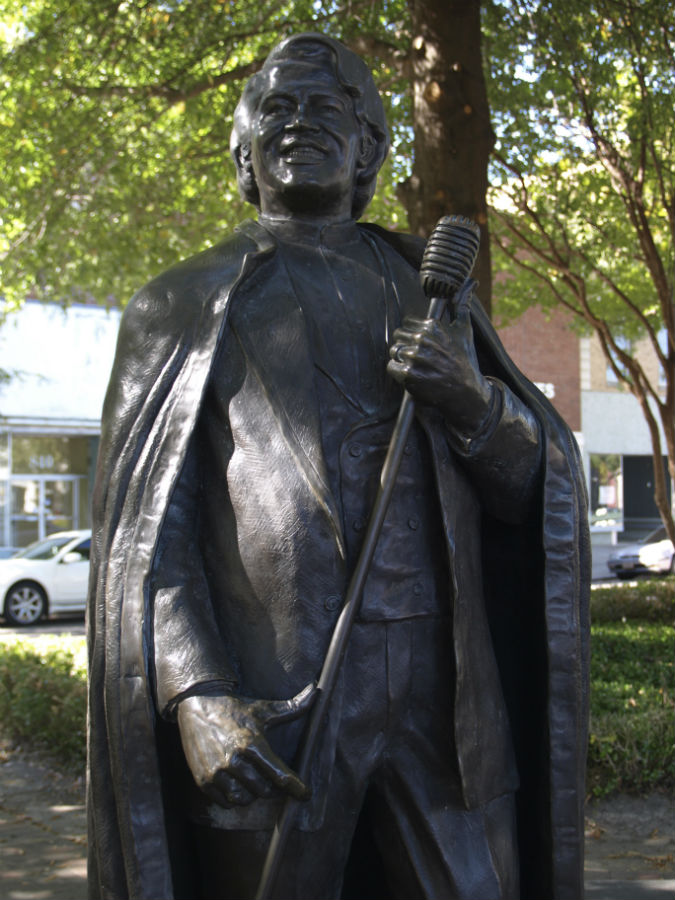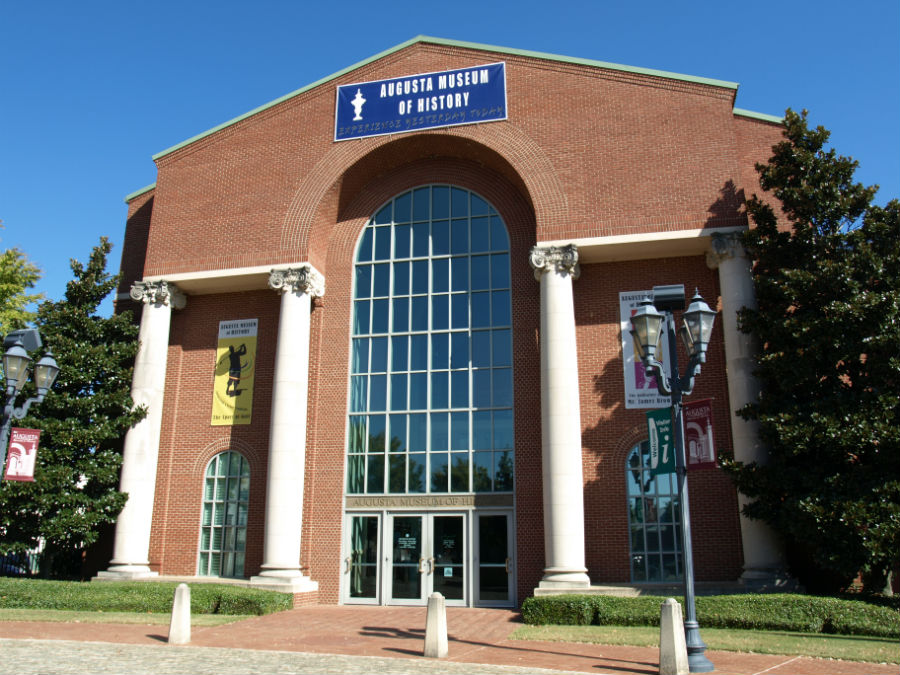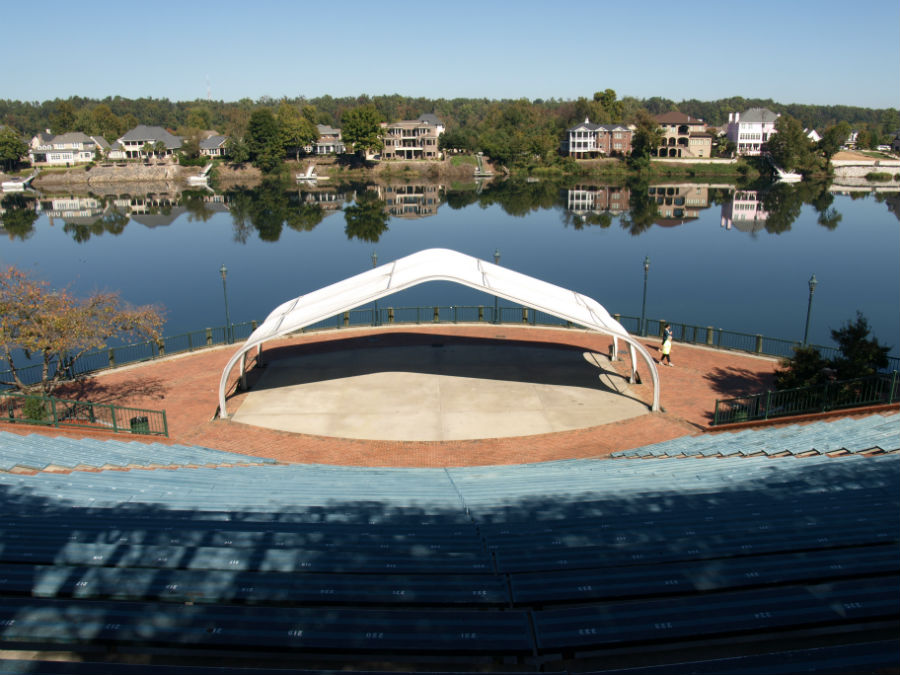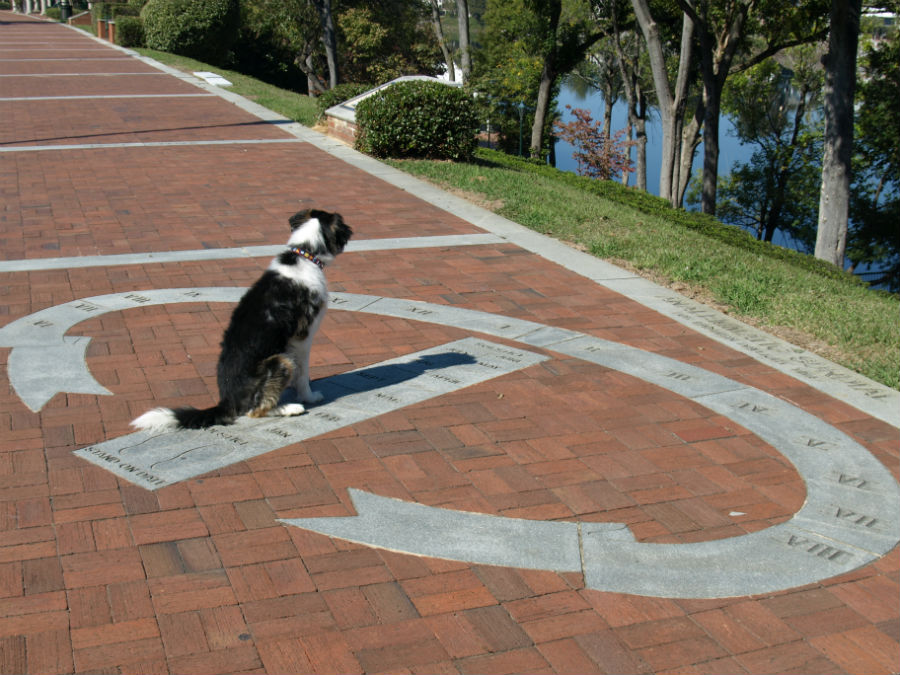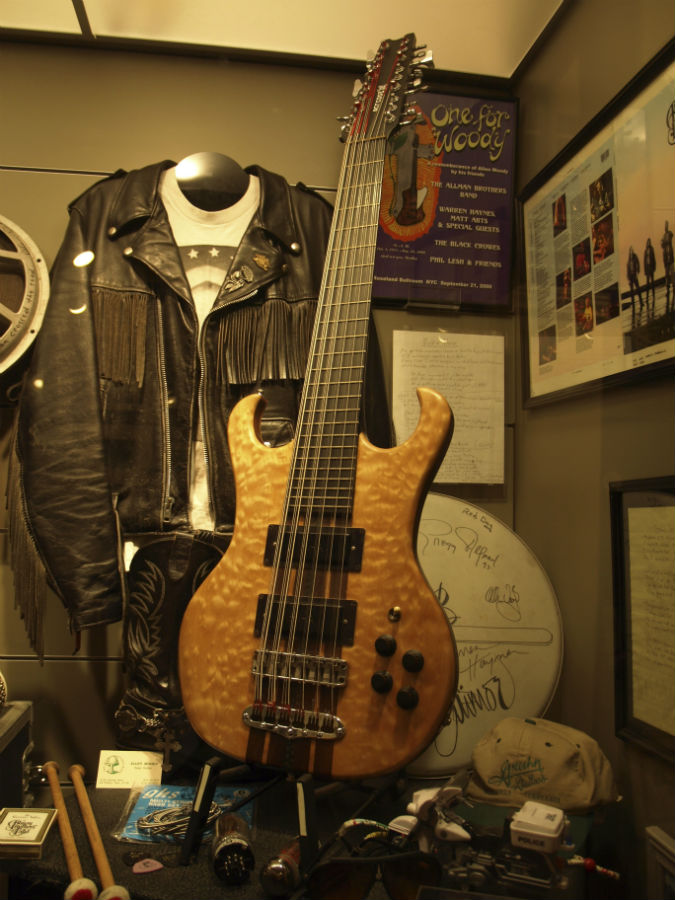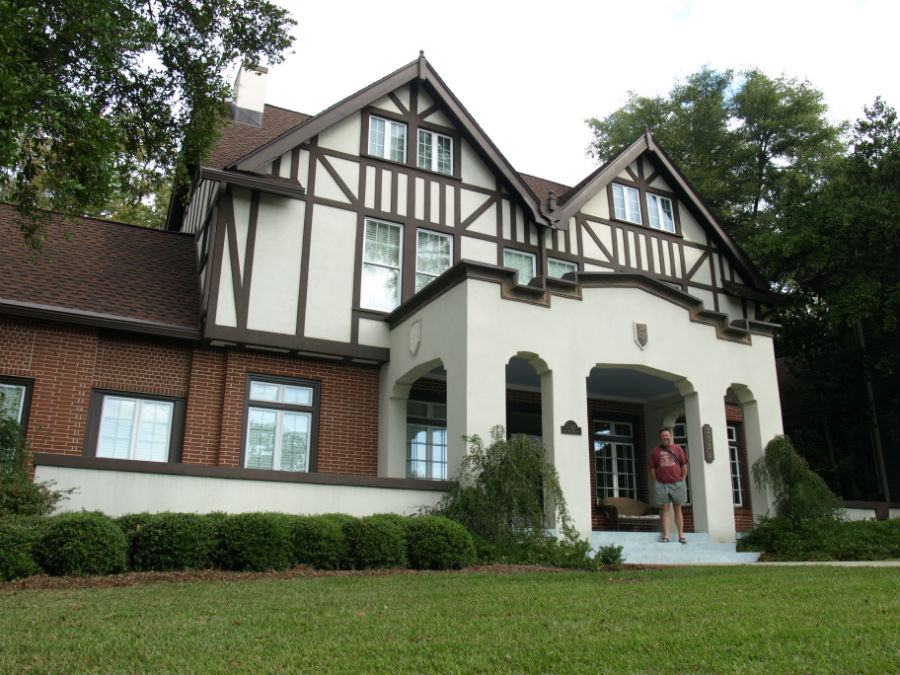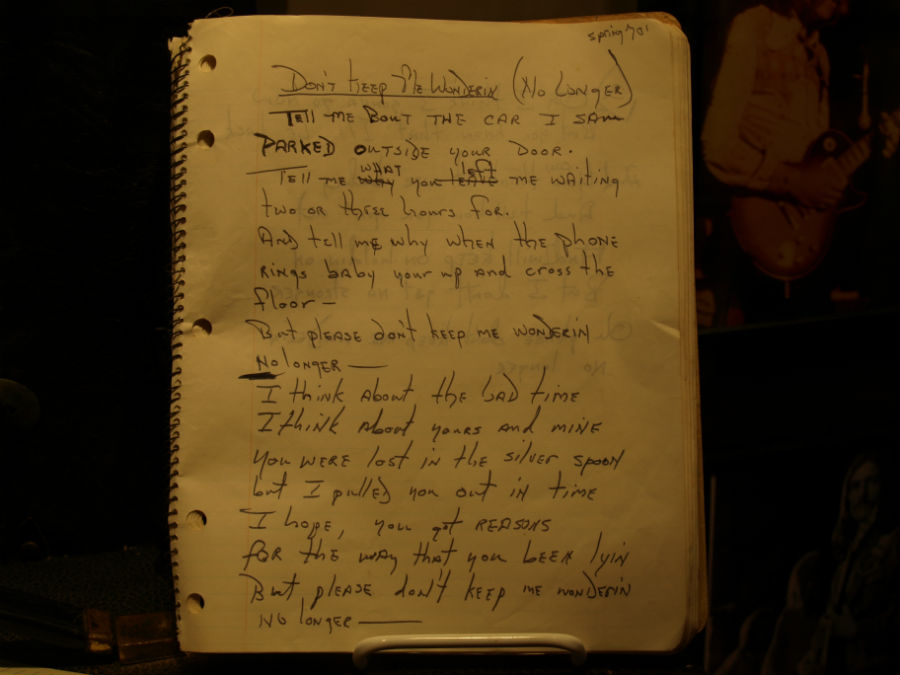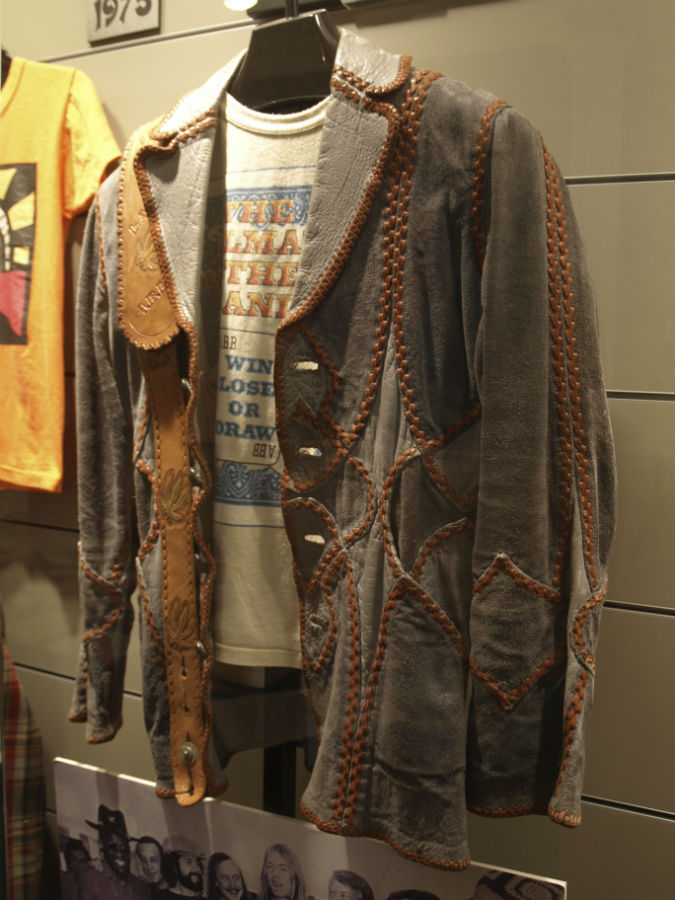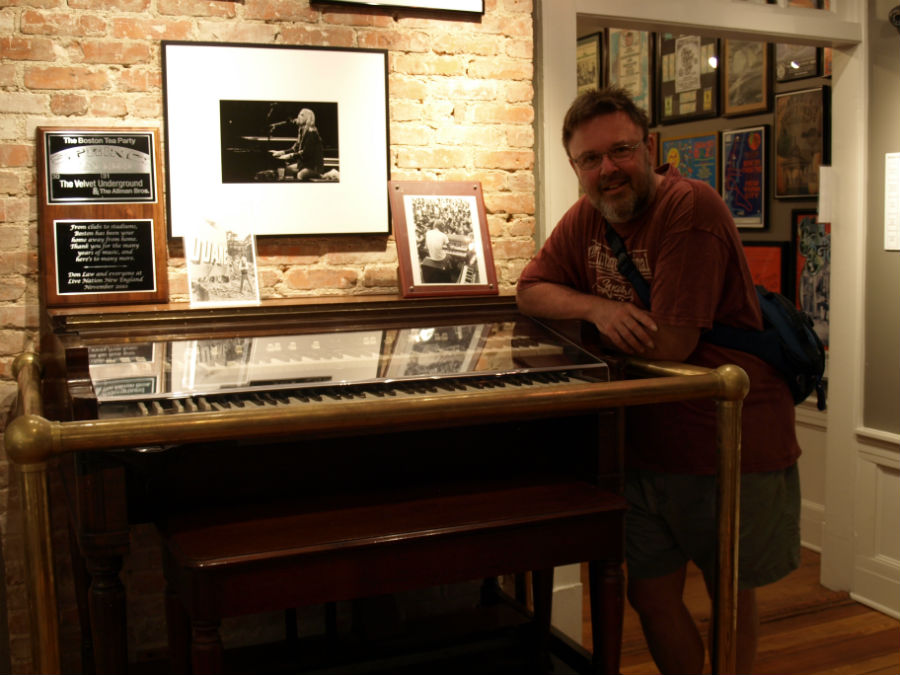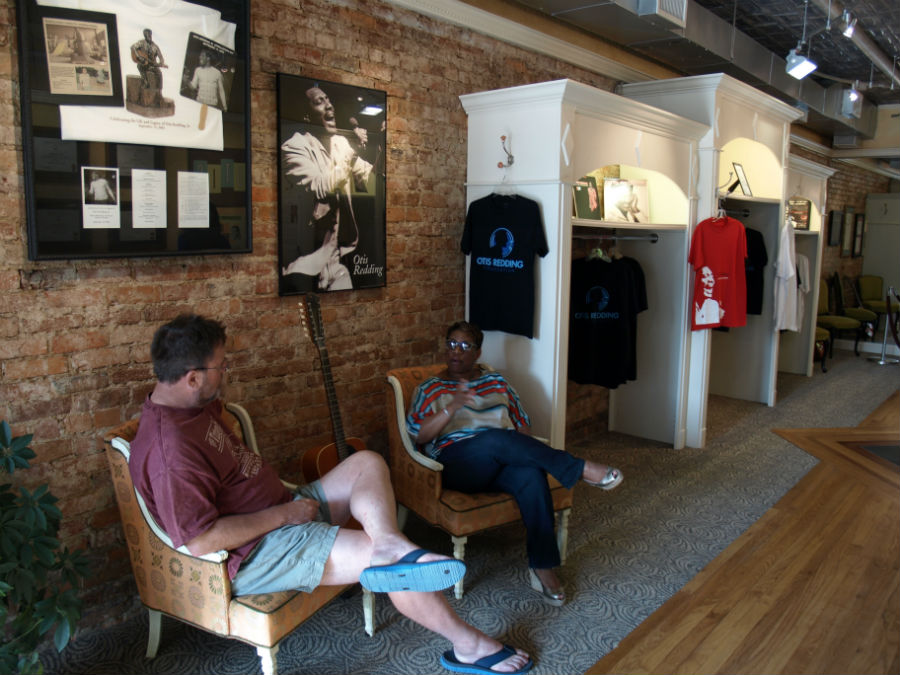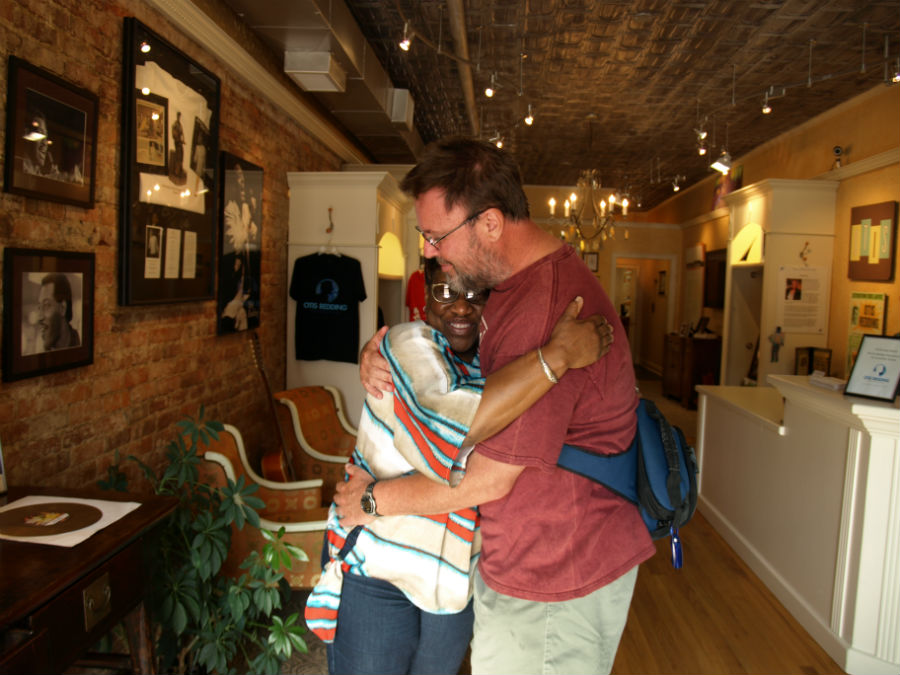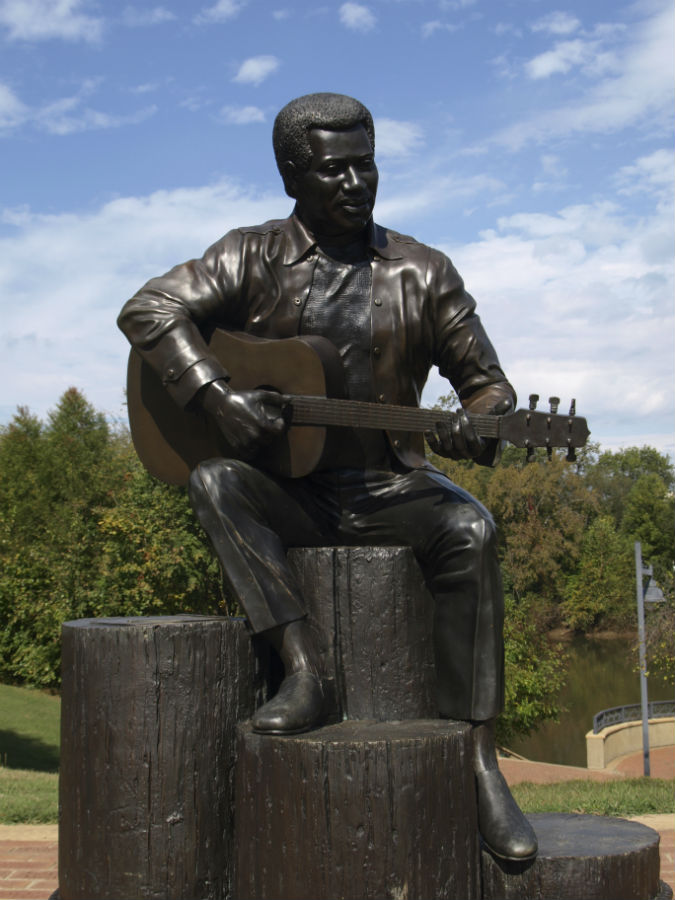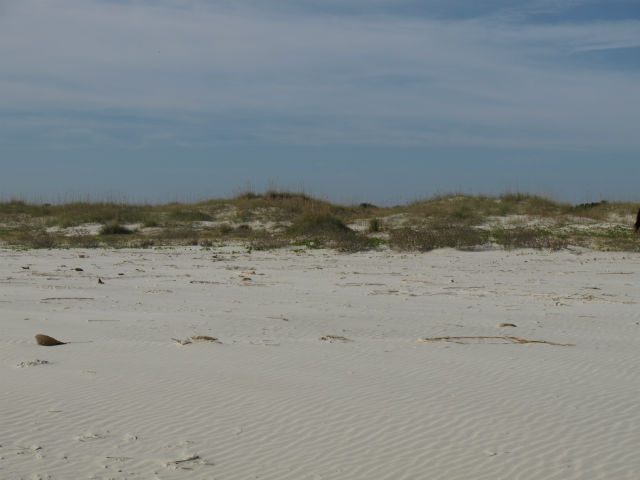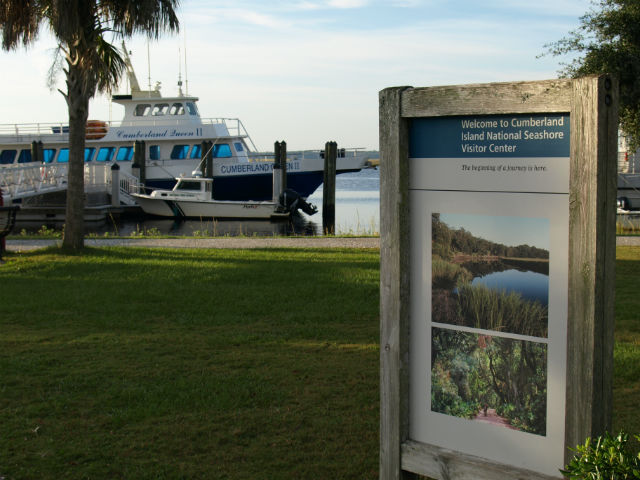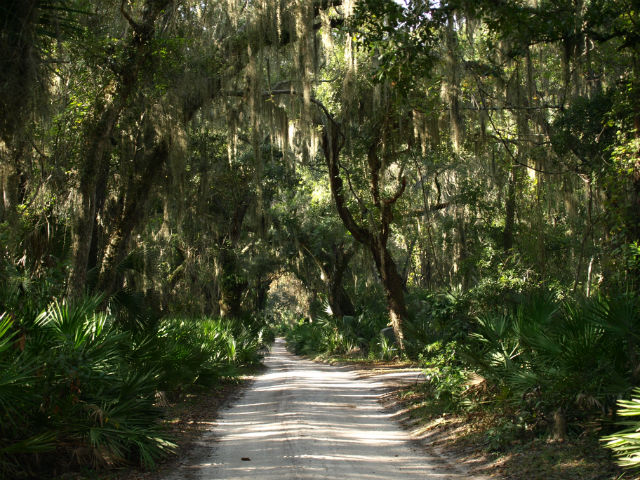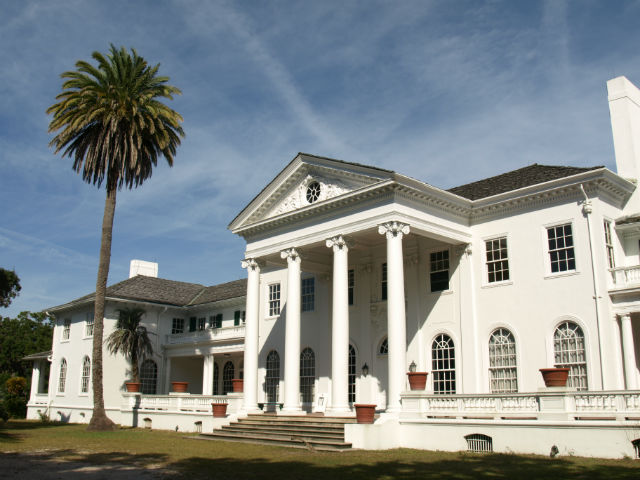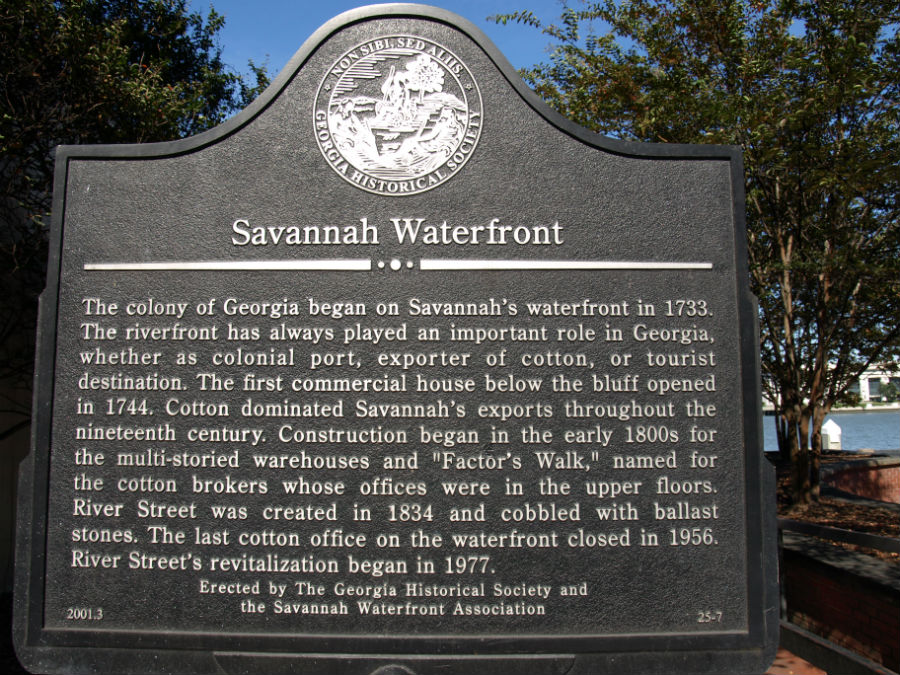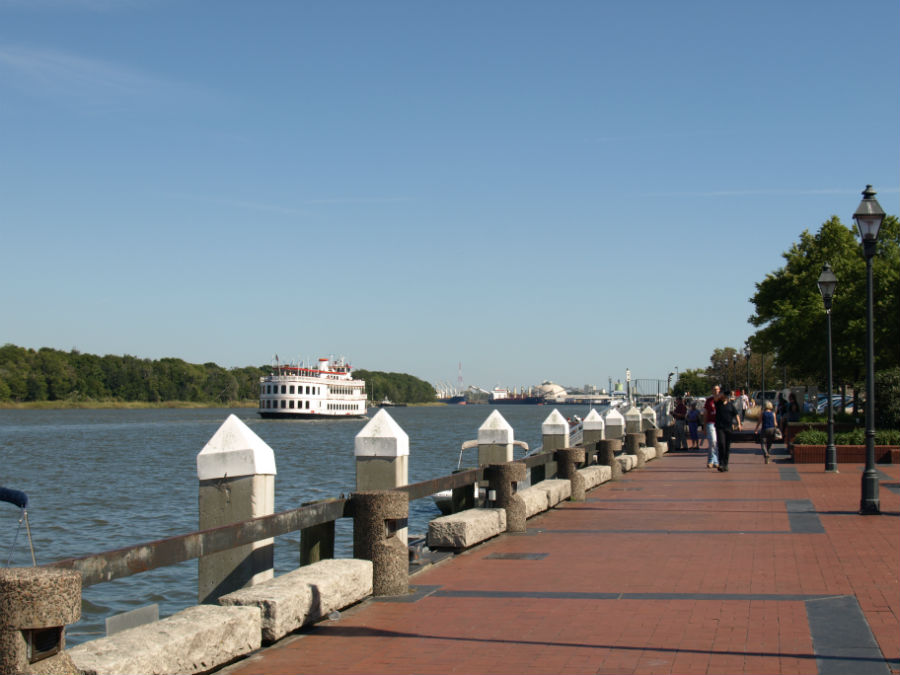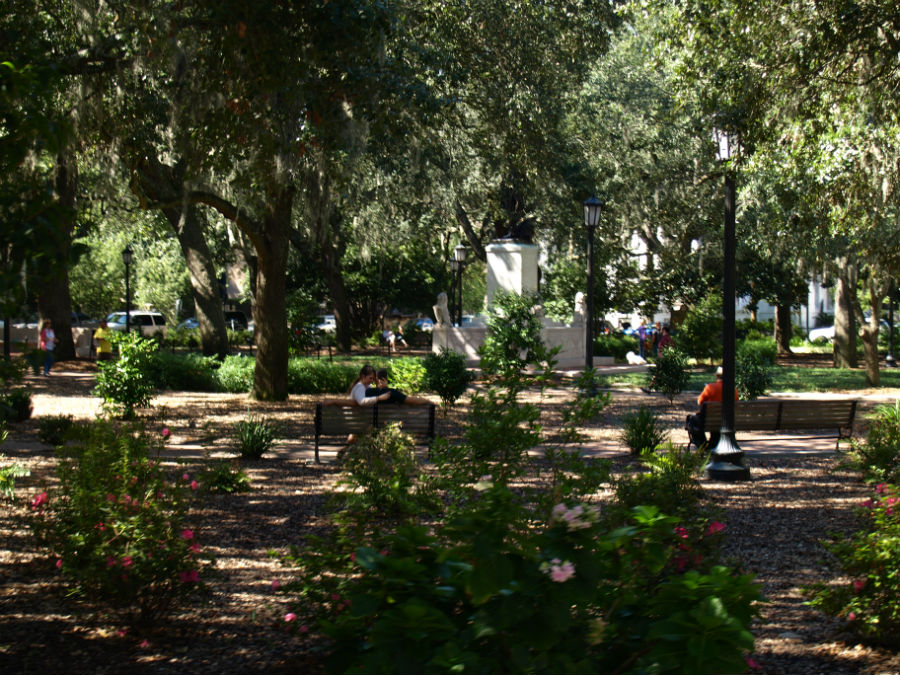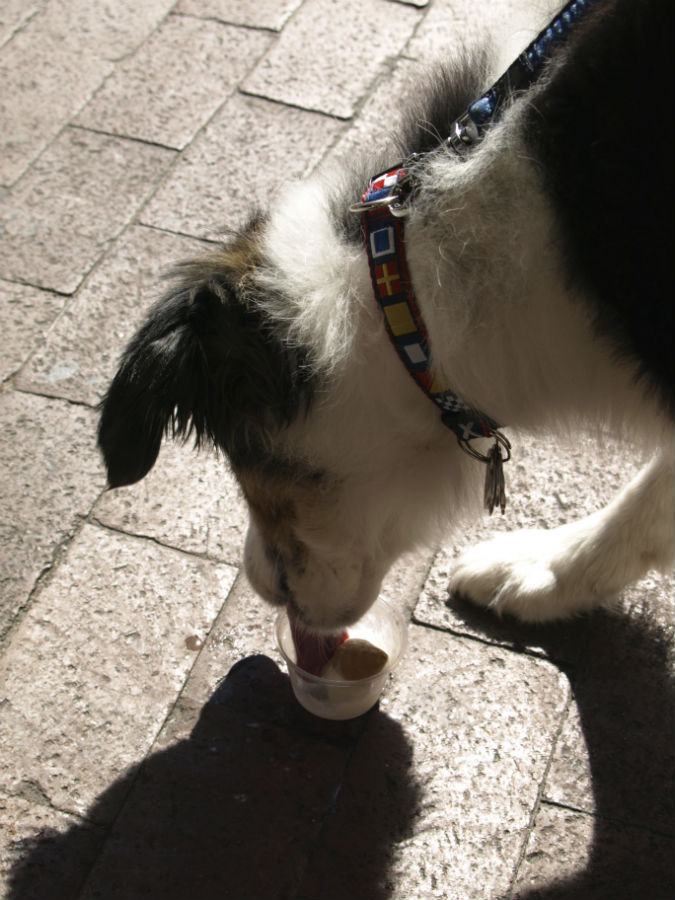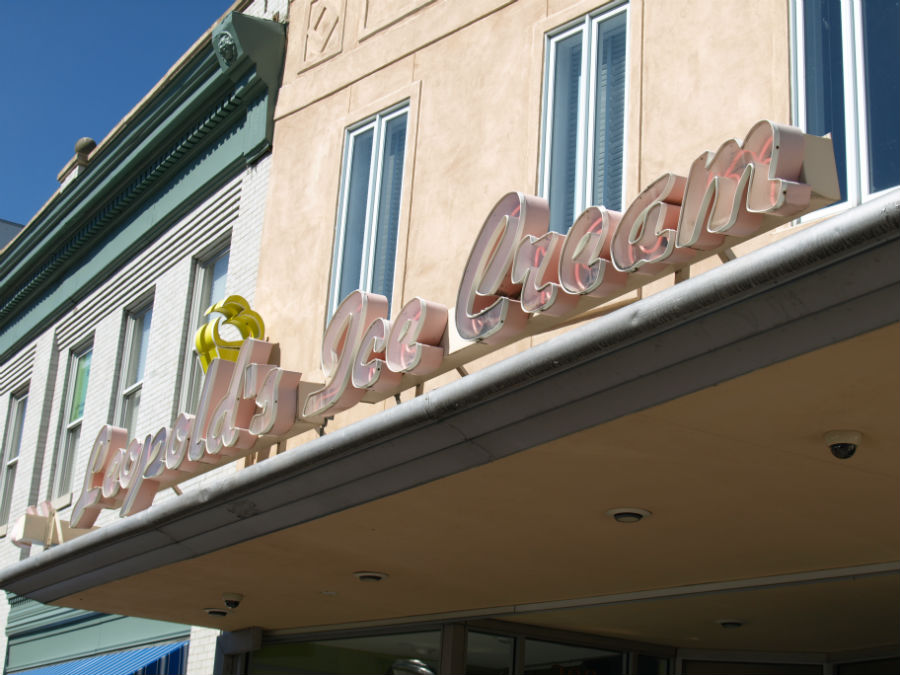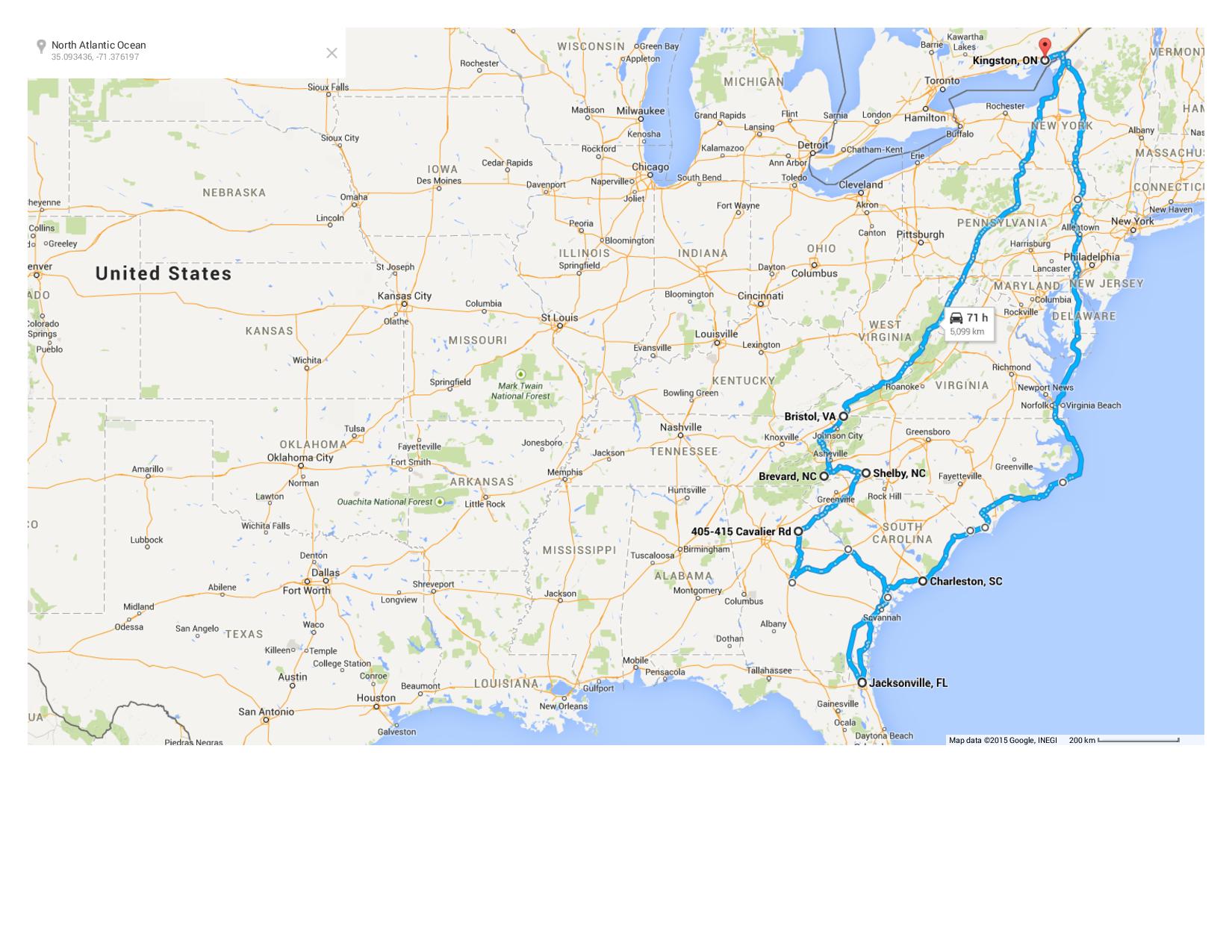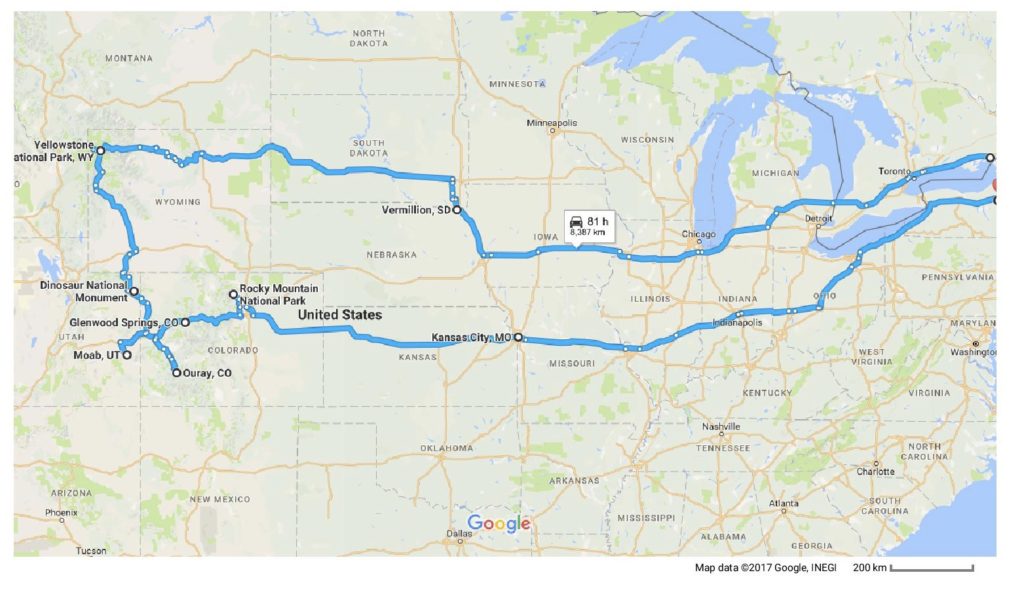Cool things come out of university towns. The critical mass of students questing for identity and meaning, the energy of artists looking to push their own – and your – boundaries, the enabling atmosphere of a major learning institution in an era of political and cultural ferment – this combination is likely to give rise to innovations some of which will proceed to transform far beyond the municipal boundaries of their city of origin. So it is with Athens, site of the University of Georgia at Athens (UGA) and home to at least two (so far) institutions of the 20th century’s music scene: The B-52s and R.E.M.
Athens seems like a cool place to live. It’s certainly a cool place to visit. The city seems to grow out of the university grounds – which are lovely, spacious and extravagant. It’s a big city on a human scale. Lots of funky coffee shops, restaurants and bistros, bars featuring live music, a couple of cool bookstores, comic stores and used vinyl and CD outlets (including the famous WUXTRY – Georgia’s oldest independently-owned record store – where the members of R.E.M. would congregate). These co-exist on pleasantly shaded streets with upper-end shoe, clothing and sunglasses shops making for a pleasant walking experience. We did a tour with Paul Butchart, a local historian who gives Walking Music Tours of Athens’ rich musical history. Like everywhere else, live music venues opened and closed and relocated and went under at a furious pace – but out of this at least two major institutions attained escape velocity and transformed a corner of popular music.
I did make a point, some years ago, of doing some serious listening to Michael Stipe, et al., – who emerged from various university courses at UGA to form R.E.M. These guys produced album after album of intelligent rock music. From their punk roots playing the dives and student bars in Athens, they grabbed a significant share of critical and popular appeal and rode it to its natural conclusion. When the band realized they had attained all there was to attain in pop stardom, they wound it up. What they left behind is a catalogue of excellent, insightful, danceable and thoughtful rock and roll music. Whatever the various members do next, they can be proud of R.E.M.’s legacy of music and politics.
Augusta became the home of The Godfather of Soul, Mr. James Brown. Here’s a guy with a legacy to astound. Is there another figure from the 20th century who lived long enough to put his stamp on so many different styles of music? His legacy touches rock, blues, R&B, rap, hip-hop and, of course, soul.
Not bad for a former shoeshine boy from the streets of Augusta. His life size statue stands on the centre of the boulevard on downtown Broad Street.
Of course James Brown – they call him “Mr. Brown” in Augusta – showed promise very early. From there it was just a matter of turning talent into opportunity, but if Brown had anything other than talent it was vision: a crystalline conviction of what his sound and stage deportment was all about.
You can divine some of this at the Augusta Museum of History where they have curated a James Brown exhibit that takes you from his early youth to the final performance of his unnaturally long career. A few tidbits:
- 95% of his stage suits and costumes were handmade.
- He often played 300 shows a year.
- He was the originator of “starting on the one.”
- He was a self-taught musician with a love for gospel music.
- He had perfect pitch.
- He was a highly religious man.
- He had a full hair salon in his home.
- The dance moves he created circa 1968 were later copied by Michael Jackson and Justin Timberlake.
There’s lots more to see in Augusta too. This was – before the Civil War – a prosperous economic crossroads through which cotton and various other commodities passed en route to the ports of Savannah and Charleston. In the course of its economic development, wealthy families injected their fortunes into some pretty impressive – even by today’s standards – real estate and architecture. Well worth seeing. As is the lovely Riverwalk that features a perfect little amphitheatre looking over the river.
***
EATING & SLEEPING IN ATHENS: We stopped for lunch on the dog-friendly patio at Big City Bread Cafe for a delicious Turkey Burger with a side order of Bleu Cheese Fries (yes, house cut fries topped with blue cheese and served with garlic aioli and scallions).
We bypassed the campgrounds and stayed overnight at the dog-friendly, LEED Gold Certified Hotel Indigo, a short walk to the downtown Athens area. The service was great and the beds even better!
LOCAL LEGENDS FROM AUGUSTA:
- Ty Cobb retired in Augusta
- Bobby James brought Masters level golf to Augusta
- James Brown, Oliver Hardy, Butterfly McQueen, Laurence Fishburne and Brenda Lee are all from Augusta.
WATCH THE THEATRE: The film Get On Up (2014) is about the life of Mr. James Brown.
